Related Research Articles
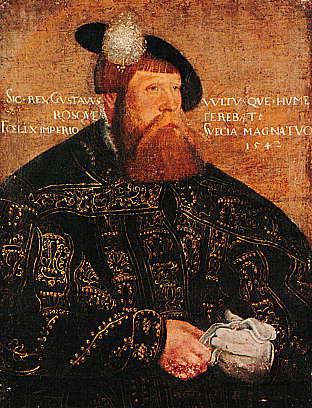
Gustav I, born Gustav Eriksson of the Vasa noble family and later known as Gustav Vasa, was King of Sweden from 1523 until his death in 1560, previously self-recognised Protector of the Realm (Riksföreståndare) from 1521, during the ongoing Swedish War of Liberation against King Christian II of Denmark, Norway and Sweden. Gustav rose to lead the Swedish War of Liberation following the Stockholm Bloodbath, where his father was executed. Gustav's election as king on 6 June 1523 and his triumphant entry into Stockholm eleven days later marked Sweden's final secession from the Kalmar Union.

Sture was a name borne by three distinct but interrelated noble families in Sweden in the Late Middle Ages and Early Modern Period. It was originally a nickname, meaning 'haughty, proud', but later became a surname. Particularly famous are the three regents from these families who ruled Sweden in succession during the fifty-year period between 1470 and 1520, namely:

Christina Nilsdotter Gyllenstierna of Fogelvik was a Swedish noblewoman. She was married to the Swedish regent Sten Sture the Younger, and led the Swedish resistance against Christian II of Denmark after the death of her spouse. In her own lifetime she was simply referred to as Fru Kristina, but she has become known in history as Kristina Gyllenstierna because of the house of nobility to which she belonged.
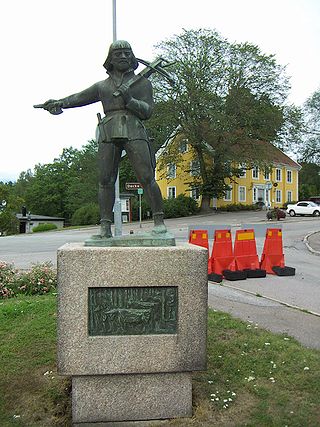
Nils Dacke was a Swedish yeoman who was the leader of a mid-16th century peasant revolt in the historic province of Småland in southern Sweden. The resulting Dacke War was fought against King Gustav I of Sweden of the Vasa family. It was the most widespread and serious civil war in Swedish history and almost toppled the king.
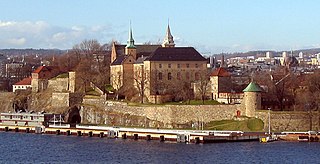
Akershus Fortress or Akershus Castle is a medieval castle in the Norwegian capital Oslo that was built to protect and provide a royal residence for the city. Since the Middle Ages the fortress has been the namesake and centre of the main fief and later main county of Akershus, which was originally one of Norway's four main regions and which included most of Eastern Norway. The fortress itself was located within the Akershus main county until 1919, and also within the smaller Akershus sub county until 1842.

The Dacke War was a peasant uprising led by Nils Dacke in Småland, Sweden, in 1542 against the rule of Gustav Vasa. Dacke and his followers were dissatisfied with the heavy tax burden, the introduction of Lutheranism, and the confiscation of Church property. In 1543 the uprising was defeated, and Nils Dacke was killed.
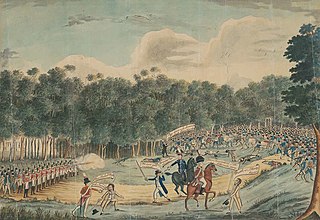
The Castle Hill convict rebellion was an 1804 convict rebellion in the Castle Hill area of Sydney, against the colonial authorities of the British colony of New South Wales. The rebellion culminated in a battle fought between convicts and the colonial forces of Australia, on 5 March 1804 at Rouse Hill. It was dubbed Australia's Vinegar Hill after the previous Battle of Vinegar Hill, which had taken place during the Irish Rebellion of 1798. The incident was the first major convict uprising in Australian history to be suppressed under martial law.

Carreg Cennen Castle is a castle sited on a high rocky outcrop overlooking the River Cennen, close to the village of Trap, four miles south east of Llandeilo in Carmarthenshire, Wales. Castell Carreg Cennen means castle on a rock next to Cennen, the river name itself being a reference either to cen meaning lichen or perhaps a personal name.
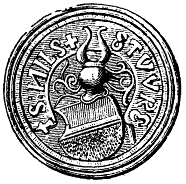
Nils Stensson Sture, born 1512, was the eldest son and heir of Sten Sture the Younger. The so-called Daljunkern, the young leader of an unsuccessful rebellion against Gustav Vasa, claimed to be Nils Sture, and it is a much-discussed question in Swedish historiography whether they really were the same person or if Daljunkern was an impostor.

The Welsh Revolt was a Welsh rebellion led by Owain Glyndŵr against the Kingdom of England during the Late Middle Ages. During the rebellion's height between 1403 and 1406, Owain exercised control over the majority of Wales after capturing several of the most powerful English castles in the country, and formed a national parliament at Machynlleth. The revolt was the last major manifestation of a Welsh independence before the annexation of Wales into England in 1543.

Henrich Krummedige, was born circa 1464 in Norway and died in 1530. He was a Danish-Norwegian nobleman and a member of both the Norwegian and Danish National Councils (Rigsråd) and played an extensive role in the politics of the era. He served as commanding officer of the Bohus Fortress in Norway from 1489 to 1503.
Knut Alvsson was a Norwegian nobleman and landowner. He was the country's foremost Norwegian-born noble in his time and served as fief-holder in southern-central Norway.

Stegeborg Castle is a ruined castle in St Anna parish, Söderköping, Östergötland, located on an island in a narrow sound at the bay of Slätbaken.
Olsborg Castle, also Olofsborg, was a fortified castle located in Tanum Municipality in Bohuslän, Sweden. It is situated on a steep cliff, and might previous to later use been an early hill fort.
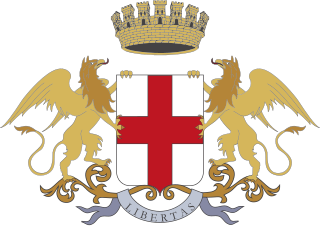
Nicolò Guarco was a Genoese statesman who became the 7th doge of the Republic of Genoa and led the Republic through the War of Chioggia against Venice.
Events in the year 1502 in Norway.
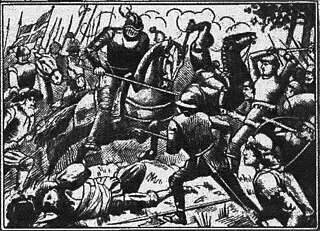
The Dano-Swedish War from 1501 to 1512 was a military conflict between Denmark and Sweden within the Kalmar Union.
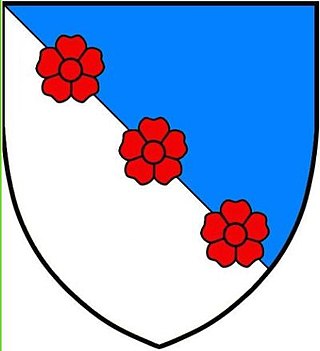
The Krummedige-Tre Rosor feud was a feud that took place from 1448 to 1502 between the Norwegian noble families, Krummedige and Tre Rosor. The feud ended with the extinction of the male Tre Rosor line in Norway, and a stronger monarchy in Norway.